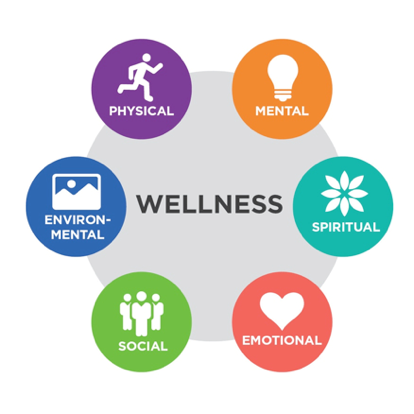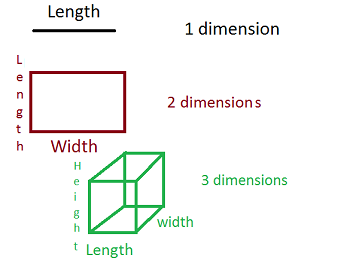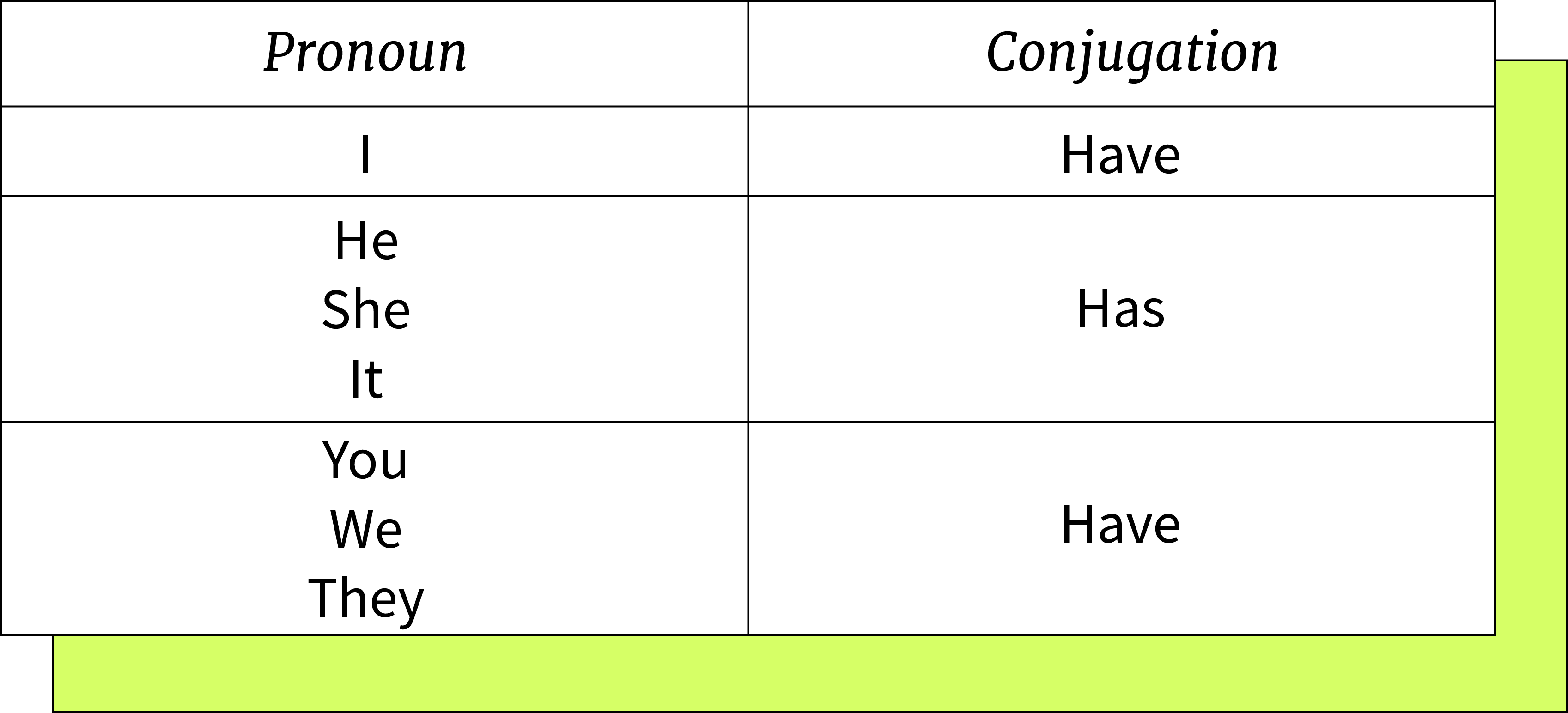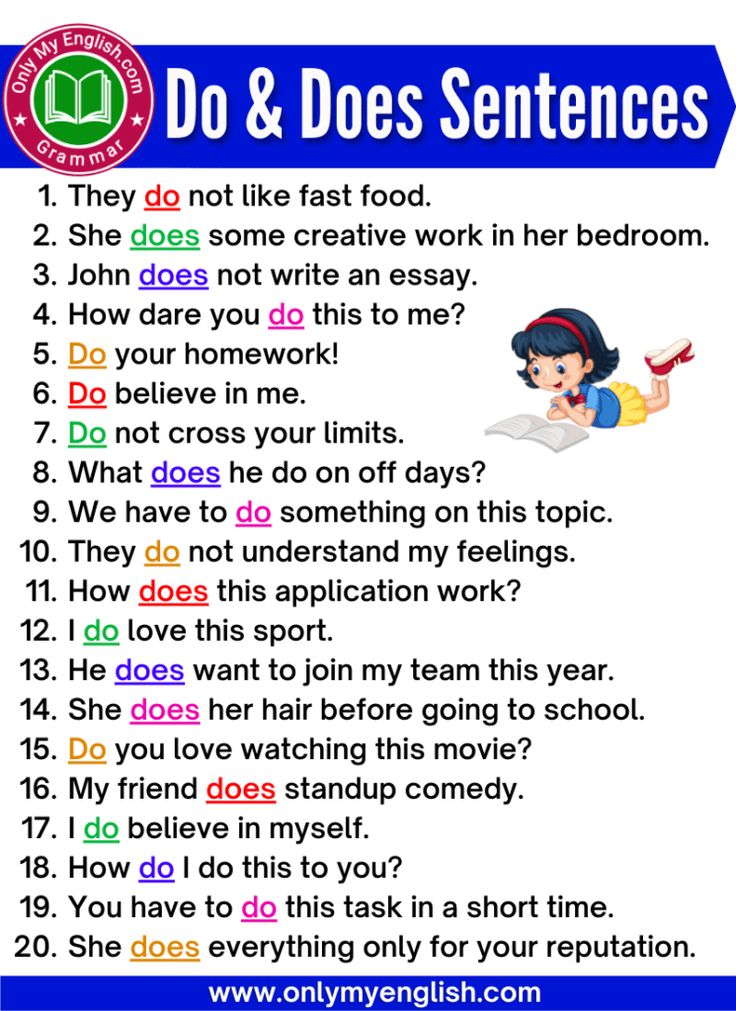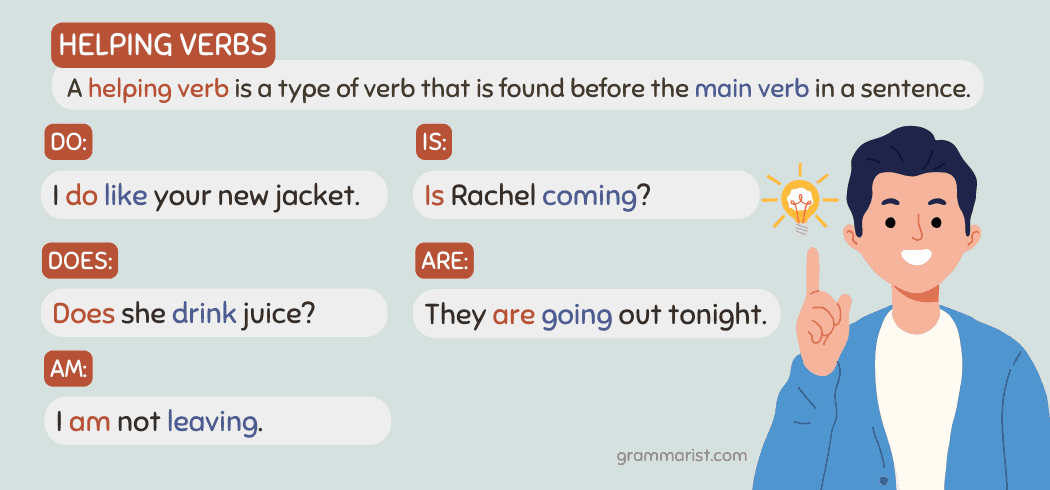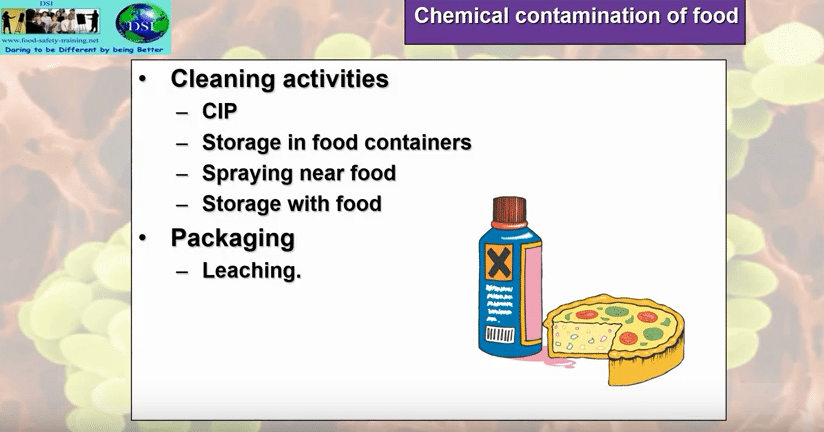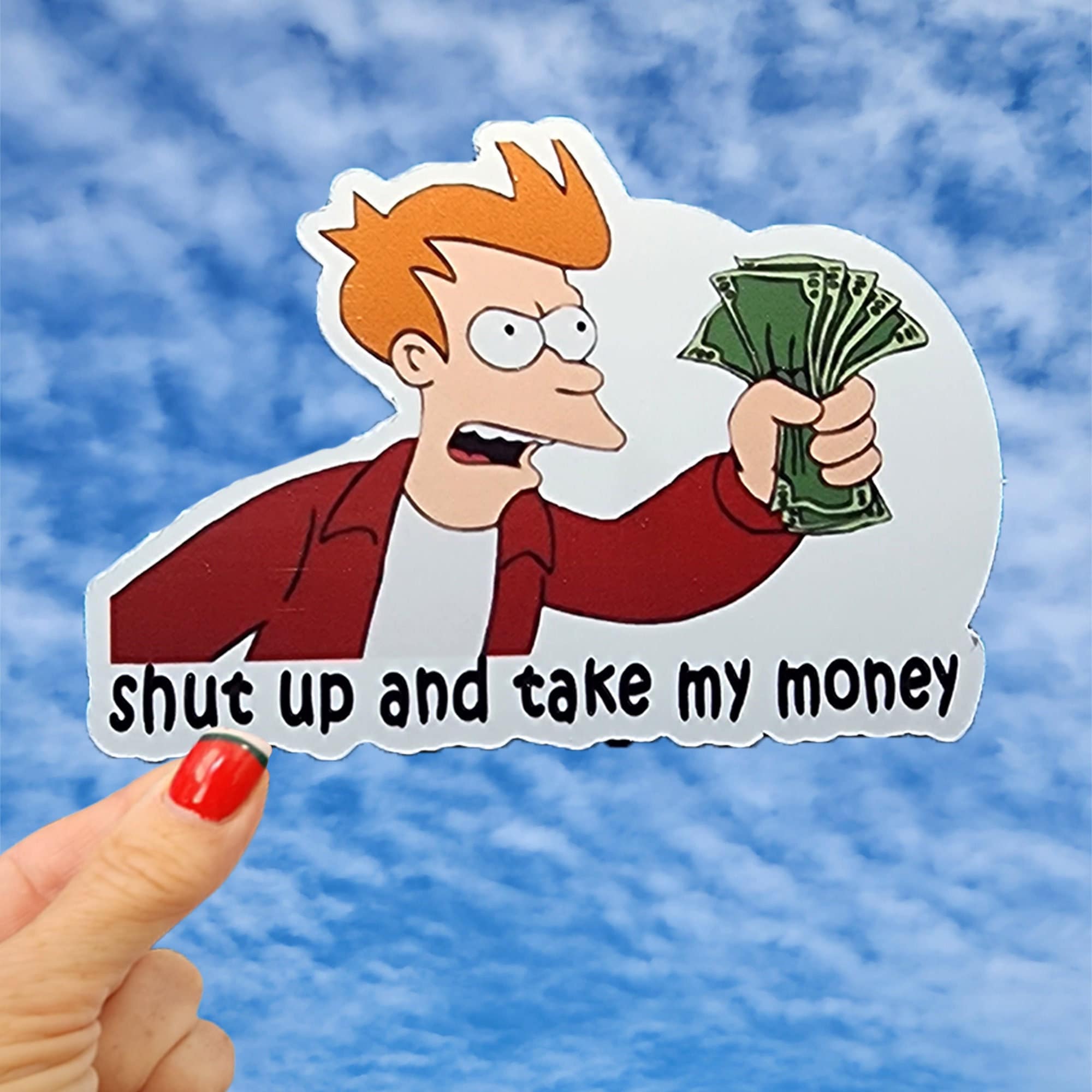POP in Marketing: What It Is, Why It Works, and How to Use It Now
What Is POP in Marketing?
POP in marketing stands for Point├óŌé¼ŌĆśof├óŌé¼ŌĆśPurchase , a strategy that uses displays, signage, offers, and merchandising to influence buying decisions where they are made-typically in├óŌé¼ŌĆśstore near product shelves or checkout, and increasingly in digital carts and product pages. The goal is to prompt incremental purchases, speed trial, and strengthen brand recall at the moment of choice [1] . POP is distinct from POS (point├óŌé¼ŌĆśof├óŌé¼ŌĆśsale): POP focuses on decision zones such as aisles and end caps, while POS refers to the transaction point like the register or checkout page [1] .

Source: widewalls.ch
POP vs. POS: Clearing Up the Confusion
Marketers often mix up POP and POS. Use this quick distinction to guide your plan: POP placements live where shoppers consider options (end caps, shelf talkers, floor graphics), while POS placements live where the purchase is executed (impulse racks by the register or ŌĆ£You may also likeŌĆØ at online checkout). Both can work together to create a seamless path to add├óŌé¼ŌĆśon purchases [1] . Many retailers also define POP as any in├óŌé¼ŌĆśstore advertising material strategically placed to promote products and spur impulse interest before the register, reinforcing the same concept [2] .
Why POP Matters for Revenue and Efficiency
POP works because it meets shoppers in the exact context where choices are made. In retail environments, brands deploy POP to catch attention, communicate benefits quickly, and nudge action with placement and offers. This can help startups gain visibility, and it can help established brands drive incremental volume, encourage impulse buys, and reinforce loyalty through consistent presentation and education right at the shelf [3] . In practice, POP gives you a last, targeted touch that can increase conversion without large media spend, especially when coupled with end caps, shelf talkers, and floor graphics that lead eyes and feet to the product [3] .
Common POP Formats and When to Use Them
Plan your mix based on traffic flow, basket size, and the buying journey:
- End caps : High├óŌé¼ŌĆśvisibility displays at the end of aisles for hero SKUs, seasonal bundles, or launches. Great for awareness plus trial. Many retailers and brands rely on end caps to stand out from crowded shelves and shape last├óŌé¼ŌĆśminute decisions [1] [3] .
- Shelf talkers and wobblers : Small callouts that highlight benefits, price promotions, or awards. Useful for quick education in high├óŌé¼ŌĆśconsideration categories [3] .
- Floor graphics and wayfinding : Arrows or footprints to guide traffic to a display or new product bay. Best for launches and cross├óŌé¼ŌĆścategory bundles [3] .
- Checkout├óŌé¼ŌĆśadjacent displays : Bins and racks with low-priced, high├óŌé¼ŌĆśmargin add├óŌé¼ŌĆśons. These are designed to trigger impulse purchases immediately before payment [2] .
- Digital POP : In e├óŌé¼ŌĆścommerce, in├óŌé¼ŌĆśpage banners on PDPs, cart interstitials, and checkout recommendations operate as POP, priming add├óŌé¼ŌĆśon items and discovery when shoppers are primed to act [1] .
Step├óŌé¼ŌĆśby├óŌé¼ŌĆśStep: Launching a POP Program
Follow this practical sequence to deploy POP that drives measurable lift:
- Define the conversion goal . Choose one: incremental unit per transaction, new product trial, trade├óŌé¼ŌĆśup to premium size, or cross├óŌé¼ŌĆśsell attachment. POP aims to prompt last├óŌé¼ŌĆśminute add├óŌé¼ŌĆśons and discovery, so pick a KPI aligned to that moment [1] .
- Map decision zones . Walk the store (or online flow) and note: traffic hotspots, dwell time areas, proximity to complementary items, and checkout queues. POP belongs where decisions happen, not only where transactions occur [1] [2] .
- Select formats . Match your goal to the format: awareness and trial ├óŌĆĀŌĆÖ end caps; benefit education ├óŌĆĀŌĆÖ shelf talkers; impulse add├óŌé¼ŌĆśon ├óŌĆĀŌĆÖ checkout displays; cross├óŌé¼ŌĆśsell ├óŌĆĀŌĆÖ floor graphics directing to bundle bays; digital attachment ├óŌĆĀŌĆÖ cart and checkout modules [3] [1] .
- Craft micro├óŌé¼ŌĆścopy and visuals . Use short benefit statements, price/value cues, and clear CTAs (e.g., ŌĆ£Try the family size,ŌĆØ ŌĆ£Pair with salsaŌĆØ). Keep typography legible from aisle distance; use brand colors sparingly to avoid visual clutter [1] .
- Coordinate merchandising and inventory . Ensure facings, stock depth, and replenishment support the display. Under├óŌé¼ŌĆśstocked POP breaks trust and kills momentum at the moment of interest [2] .
- Pilot, measure, iterate . Run A/B tests across comparable stores or weeks. Track lift vs. control on unit sales, attachment rate, and basket size. Rotate creative and offers to fight fatigue [1] .
Real├óŌé¼ŌĆśWorld Examples and Applications
Grocery end cap launch : A new snack brand secures an end cap during a football season window. The display uses game├óŌé¼ŌĆśday imagery, a price promotion, and shelf talkers pointing to dips two aisles over. The brand measures a lift in trial and a cross├óŌé¼ŌĆśsell attachment to dips near checkout, aligning with research that checkout├óŌé¼ŌĆśarea POP stimulates impulse interest before payment [2] and leverages end cap visibility at the point of purchase [1] .
Beauty aisle shelf education : A cosmetics line adds shelf talkers with shade├óŌé¼ŌĆśmatching guidance and a limited├óŌé¼ŌĆśtime offer. This format provides instant attention and education for shoppers comparing products on shelf, a core POP benefit for both startups and established brands [3] .
Digital cart add├óŌé¼ŌĆśons : An online supplement retailer inserts cart recommendations (ŌĆ£Complete your routineŌĆØ) with small discounts. This mirrors POP principles-nudging last├óŌé¼ŌĆśminute add├óŌé¼ŌĆśons in the digital decision zone and aligning POPŌĆÖs focus on add├óŌé¼ŌĆśon prompting [1] .
Budgeting, Timelines, and Compliance
Costs vary widely by retailer, materials, and duration. To manage uncertainty, plan ranges and pilot small:
- Materials : Corrugate displays and shelf talkers are generally lower cost than permanent fixtures; digital signage and robust end caps require higher budgets. Retail partners may charge placement or require co├óŌé¼ŌĆśop funds; terms vary by retailer and may be negotiated.
- Lead times : Temporary displays often require weeks for design, approval, print, and ship; permanent fixtures may require months, especially if retailer safety reviews and planogram updates are needed. Building in extra time helps you pass store compliance checks and keep inventory aligned with activation windows [2] .
- Legal and safety : Follow retailer guidelines for materials, flammability, accessibility, and sightline rules. For digital POP, ensure ADA├óŌé¼ŌĆśfriendly contrasts and clear text sizing.
Because specific fees and policies differ by retailer, you may need to contact your category buyer or marketing operations team for current placement costs and schedules.
Measurement: What to Track and How
To prove impact and refine creative:
- Primary : Unit sales lift vs. control stores or pre├óŌé¼ŌĆśperiod; attachment rate for target add├óŌé¼ŌĆśon items; conversion from display to purchase (observational or POS├óŌé¼ŌĆślinked).
- Secondary : Basket size, time├óŌé¼ŌĆśto├óŌé¼ŌĆśpurchase for new items, and repeat rate after trial.
- Diagnostic : Display compliance (installed on time, correct set), stockouts near the display, and creative legibility checks.
Run matched├óŌé¼ŌĆśstore tests if possible. For e├óŌé¼ŌĆścommerce, A/B test cart and PDP modules and read add├óŌé¼ŌĆśto├óŌé¼ŌĆścart and order├óŌé¼ŌĆśline metrics. These approaches align with POPŌĆÖs goal of influencing decisions where they occur and prompting last├óŌé¼ŌĆśminute add├óŌé¼ŌĆśons [1] .
Playbook: Crafting High├óŌé¼ŌĆśConverting POP
Use this framework to improve execution quality and reduce waste:
- Single├óŌé¼ŌĆśminded message : Choose one benefit or action; avoid crowding the display. POP gets seconds of attention; concise value beats feature lists [3] .
- Visual hierarchy : Big headline, clear price or offer, product visual, and brand mark. Test legibility at 6-10 feet in├óŌé¼ŌĆśstore conditions.
- Assortment and depth : Stock best sellers or trial sizes to reduce risk for first├óŌé¼ŌĆśtime buyers. Place complements nearby or signal them with shelf talkers and floor graphics [3] .
- Contextual timing : Tie creative to seasons, events, or shopper missions (e.g., back├óŌé¼ŌĆśto├óŌé¼ŌĆśschool, holidays). End caps excel during high├óŌé¼ŌĆśtraffic periods and launches [1] .
- Close the loop : Add QR codes or URLs to product education or recipes for higher├óŌé¼ŌĆśconsideration items, and update digital POP modules based on SKU├óŌé¼ŌĆślevel performance.
Troubleshooting Common POP Challenges
Low compliance : If stores donŌĆÖt set displays on time, simplify assembly, pre├óŌé¼ŌĆśpack units, and include clear instructions and photos. Provide a small incentive for on├óŌé¼ŌĆśtime setup.
Visual clutter : Competing displays dilute impact. Elevate contrast, simplify copy, and push for better placement windows during quieter promotional periods.
Stockouts : Tie POP go├óŌé¼ŌĆślive to inventory arrivals and set minimum on├óŌé¼ŌĆśhand thresholds per store. Schedule mid├óŌé¼ŌĆśweek replenishment for weekend traffic.
Stale creative : Rotate messages every 4-8 weeks for temporary displays. In digital, cap frequency and test different headlines and images.
How to Get Started Today
You can launch a basic POP pilot in four weeks:
- Pick one category and one goal (e.g., add one item to basket).
- Secure one high├óŌé¼ŌĆśtraffic location (end cap or checkout rack) with your retailer partner.
- Produce a simple corrugate display and two shelf talkers with a single benefit and a time├óŌé¼ŌĆśboxed offer.
- Align inventory and measure weekly lift vs. comparable stores. Iterate the creative in week three.
If you operate online, start with cart recommendations and a small discount for add├óŌé¼ŌĆśon items on orders over a threshold. This approach mirrors physical POP by catching shoppers in a decision moment and encouraging add├óŌé¼ŌĆśons [1] .
Key Takeaway
POP is the art and science of influencing purchase decisions at the moment that matters. By combining the right placements, concise messaging, and rigorous measurement, you can unlock incremental sales in both stores and online while building brand recall and shopper satisfaction [1] [3] .
References
[1] Mailchimp (n.d.). Using Point├óŌé¼ŌĆśof├óŌé¼ŌĆśPurchase (POP) Marketing to Boost Sales. [2] Indeed (2025). What Is Point├óŌé¼ŌĆśof├óŌé¼ŌĆśPurchase Advertising? [3] SendPulse (2023). What is POP Marketing?

Source: musiknerd.org
MORE FROM eboxgo.com
